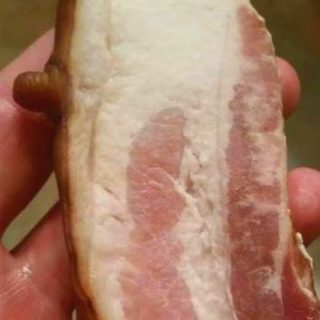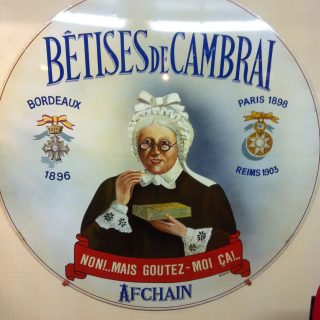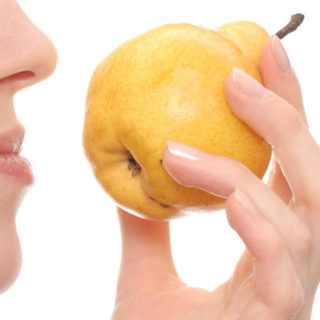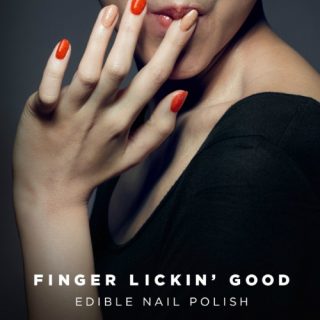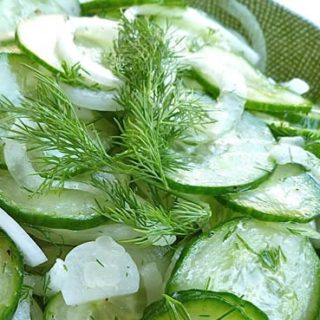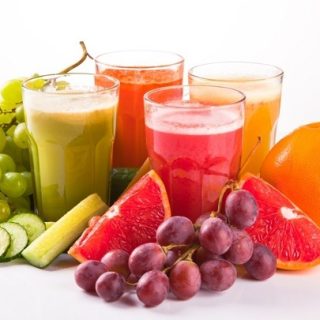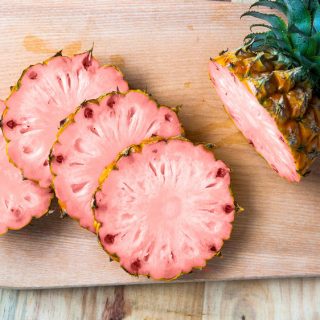 Blending architectural and social history with the necessity―and the passion―for food, this engaging new book attempts to understand the development of the American house by viewing it through one very specific lens: the food axis. Taking in far more than the kitchen, author Elizabeth Collins Cromley explores all areas of food management within the home―preparation, cooking, consumption, and disposal. Her food axis implies a network of related spaces above and below ground, both attached to the house and separate from it. Studying the use and interaction of these spaces, and the ways in which their components change (often radically) over time, the author shows how these elements have helped shape the multiple forms of residential architecture in the United States, from the first settlement period to the present.
Blending architectural and social history with the necessity―and the passion―for food, this engaging new book attempts to understand the development of the American house by viewing it through one very specific lens: the food axis. Taking in far more than the kitchen, author Elizabeth Collins Cromley explores all areas of food management within the home―preparation, cooking, consumption, and disposal. Her food axis implies a network of related spaces above and below ground, both attached to the house and separate from it. Studying the use and interaction of these spaces, and the ways in which their components change (often radically) over time, the author shows how these elements have helped shape the multiple forms of residential architecture in the United States, from the first settlement period to the present.
Beginning with the earliest―and relatively simple―houses, Cromley traces changes in food spaces through the years, noting a steady escalation in the number of food-related rooms. Along the way, she considers multiple circumstances that shed light on this evolution, including the role of gender in determining food-space design, the relation of food spaces to nature, and the telling ways in which people and food circulate through kitchens and dining rooms. Because Cromley is interested not only in how designed spaces look but how they are used, she cites a wealth of primary sources―autobiographies, travel journals, household diaries, letters, inventories―in her exploration of the habits surrounding all aspects of food in the home.
In addition to designers, preservationists, and architectural historians, this book will interest curious cooks as well as home-dwellers who want to better understand the spaces they inhabit.
Elizabeth Collins Cromley is Professor of Architectural History at Northeastern University. She is the author of Alone Together: A History of New York’s Early Apartments and coauthor, with Thomas Carter, of Invitation to Vernacular Architecture: A Guide to the Study of Ordinary Buildings and Landscapes.
Order the book
Food 2.0 LAB in association with Amazon
Books by the same author –





